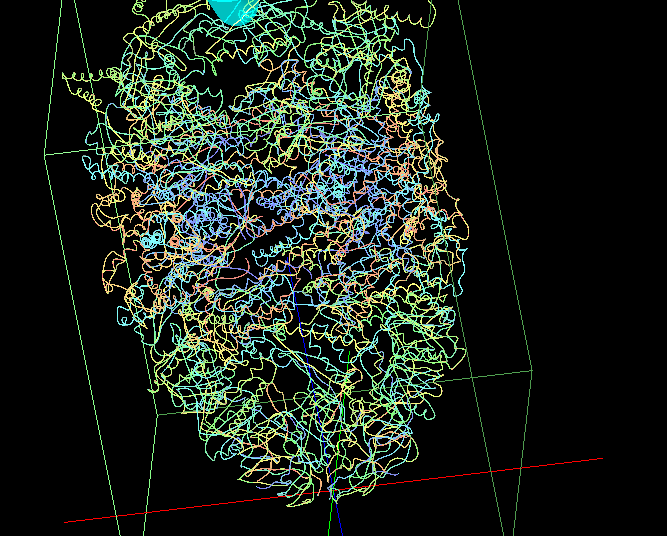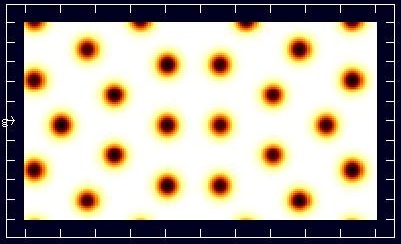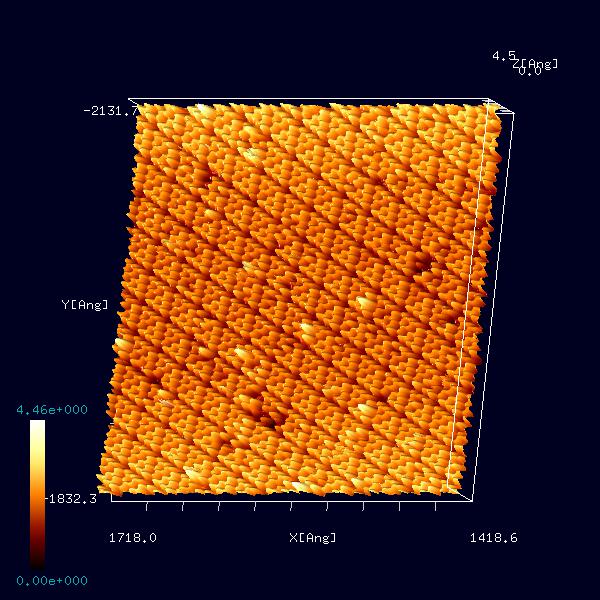A type of a sample material
|
A method for an experiment
|
A characteristic length of measurements
|
Examples
|
|
|
AFM (Atomic Force Microscope)
|
Micron
|
DNA, proteins, collagen, anti-angiogenic peptides, rubber, materials with viscosity and surface tension, organic materials on the HOPG plate
|

|
|
AFM (Atomic Force Microscope)
|
Angstrom
|
pentacene, pentacenequinone, octane, carbon nanotubes, fullerene, graphite, graphene sheets, porphyrin, butadiene, dichlorobenzene, phthalocyanine, polyacetylene, calcite,
and other small molecules
|

|
|
AFM (Atomic Force Microscope),
STM (Scanning Tunneling Microscope),
STS (Scanning Tunneling Spectroscopy),
KPFM (Kelvin Probe Force Microscopy)
|
Angstrom
|
Si(111)DAS7x7, Si(001)-3x1:H, Si(001)-c(4x2), a bismuth atom on Ag(111), RuO2(110), TiO2(110), Au(001), metallic catalysts, mica
|

|



